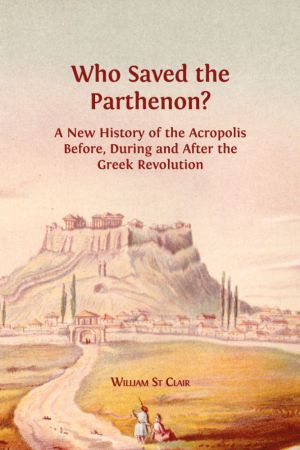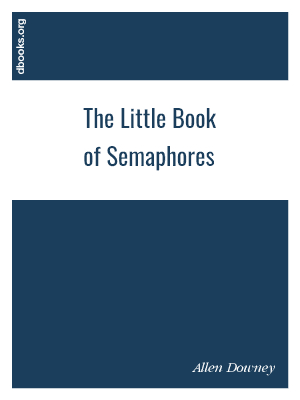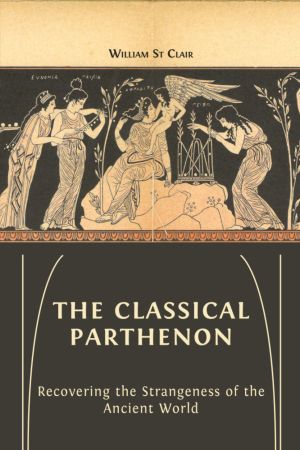The Classical Parthenon
Recovering the Strangeness of the Ancient World
by William St Clair
DescriptionTable of ContentsDetailsHashtagsReport an issue
In this book William St Clair presents a reconstructed understanding of the Parthenon from within the classical Athenian worldview. He explores its role and meaning by weaving together a range of textual and visual sources into two innovative oratorical experiments - a speech in the style of Thucydides and a first-century CE rhetorical exercise - which are used to develop a narrative analysis of the temple structure, revealing a strange story of indigeneity, origins, and empire.
The Classical Parthenon offers new answers to old questions, such as the riddle of the Parthenon frieze, and provides a framing device for the wider relationship between visual artefacts, built heritage, and layers of accumulated cultural rhetoric. This groundbreaking and pertinent work will appeal across the disciplines to readers interested in the classics, art history, and the nature of history, while also speaking to a general audience that is interrogating the role of monuments in contemporary society. 






Book Description
Complementing Who Saved the Parthenon? this companion volume sets aside more recent narratives surrounding the Athenian Acropolis, supposedly 'the very symbol of democracy itself', instead asking if we can truly access an ancient past imputed with modern meaning. And, if so, how?In this book William St Clair presents a reconstructed understanding of the Parthenon from within the classical Athenian worldview. He explores its role and meaning by weaving together a range of textual and visual sources into two innovative oratorical experiments - a speech in the style of Thucydides and a first-century CE rhetorical exercise - which are used to develop a narrative analysis of the temple structure, revealing a strange story of indigeneity, origins, and empire.
The Classical Parthenon offers new answers to old questions, such as the riddle of the Parthenon frieze, and provides a framing device for the wider relationship between visual artefacts, built heritage, and layers of accumulated cultural rhetoric. This groundbreaking and pertinent work will appeal across the disciplines to readers interested in the classics, art history, and the nature of history, while also speaking to a general audience that is interrogating the role of monuments in contemporary society.
This open book is licensed under a Creative Commons License (CC BY-NC-ND). You can download The Classical Parthenon ebook for free in PDF format (38.4 MB).
Table of Contents
Chapter 1
Recovering the Strangeness
Chapter 2
How do we set straight our sacred city?
Chapter 3
Looking at the Parthenon in Classical Athens
Chapter 4
A New Answer to an Old Question
Chapter 5
On the Temple dedicated to the Divine Minerva, vulgarly called the Parthenon
Chapter 6
Heritage
Book Details
Title
The Classical Parthenon
Subject
History
Publisher
Open Book Publishers
Published
2022
Pages
346
Edition
1
Language
English
ISBN13
9781800643444
ISBN10
1800643446
ISBN13 Digital
9781800643468
ISBN10 Digital
1800643462
PDF Size
38.4 MB
License

Related Books

In this magisterial book, William St Clair unfolds the history of the Parthenon throughout the modern era to the present day, with special emphasis on the period before, during, and after the Greek War of Independence of 1821 - 32. Focusing particularly on the question of who saved the Parthenon from destruction during this conflict, with the help ...

This book presents the deterministic view of quantum mechanics developed by Nobel Laureate Gerard 't Hooft.Dissatisfied with the uncomfortable gaps in the way conventional quantum mechanics meshes with the classical world, 't Hooft has revived the old hidden variable ideas, but now in a much more systematic way than usual. In this, quantu...

This book contains 157 problems in classical electromagnetism, most of them new and original compared to those found in other textbooks. Each problem is presented with a title in order to highlight its inspiration in different areas of physics or technology, so that the book is also a survey of historical discoveries and applications of classical e...

This book presents a comprehensive survey of modern operator techniques for boundary value problems and spectral theory, employing abstract boundary mappings and Weyl functions. It includes self-contained treatments of the extension theory of symmetric operators and relations, spectral characterizations of selfadjoint operators in terms of the anal...

The Little Book of Semaphores is a free textbook that introduces the principles of synchronization for concurrent programming.
In most computer science curricula, synchronization is a module in an Operating Systems class. OS textbooks present a standard set of problems with a standard set of solutions, but most students don't get a good und...

This book will challenge widespread assumptions about Hippocrates (and, in the process, about the history of medicine in ancient Greece and beyond) and will also explore the creation of modern myths about the ancient world. Why do we continue to use Hippocrates, and how are new myths constructed around his name? How do news stories and the internet...

